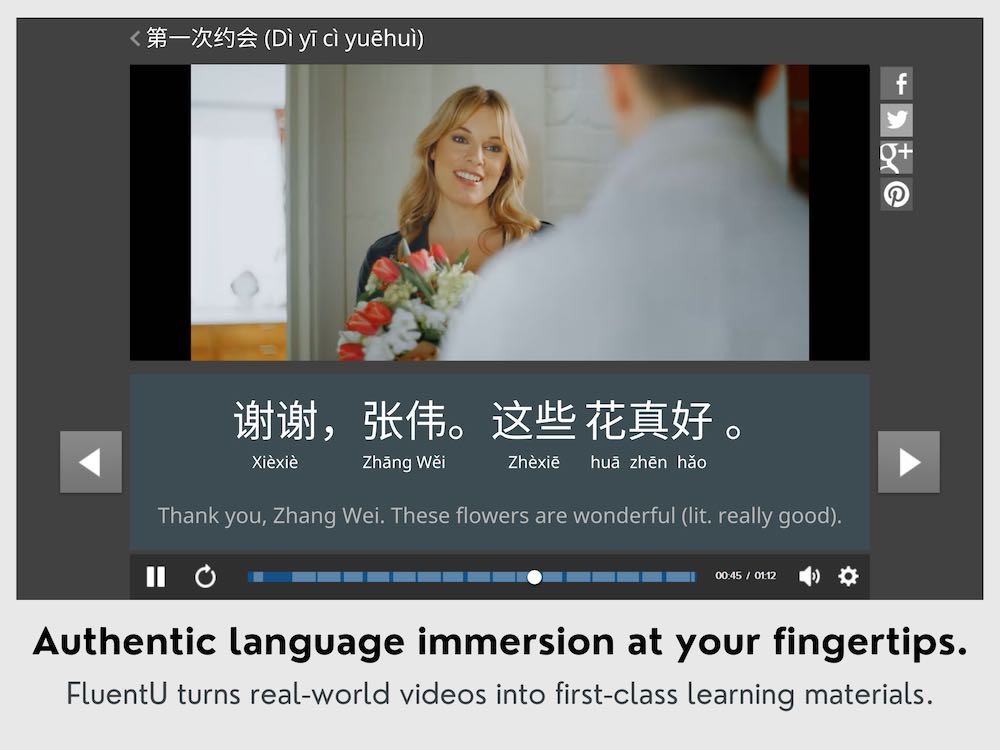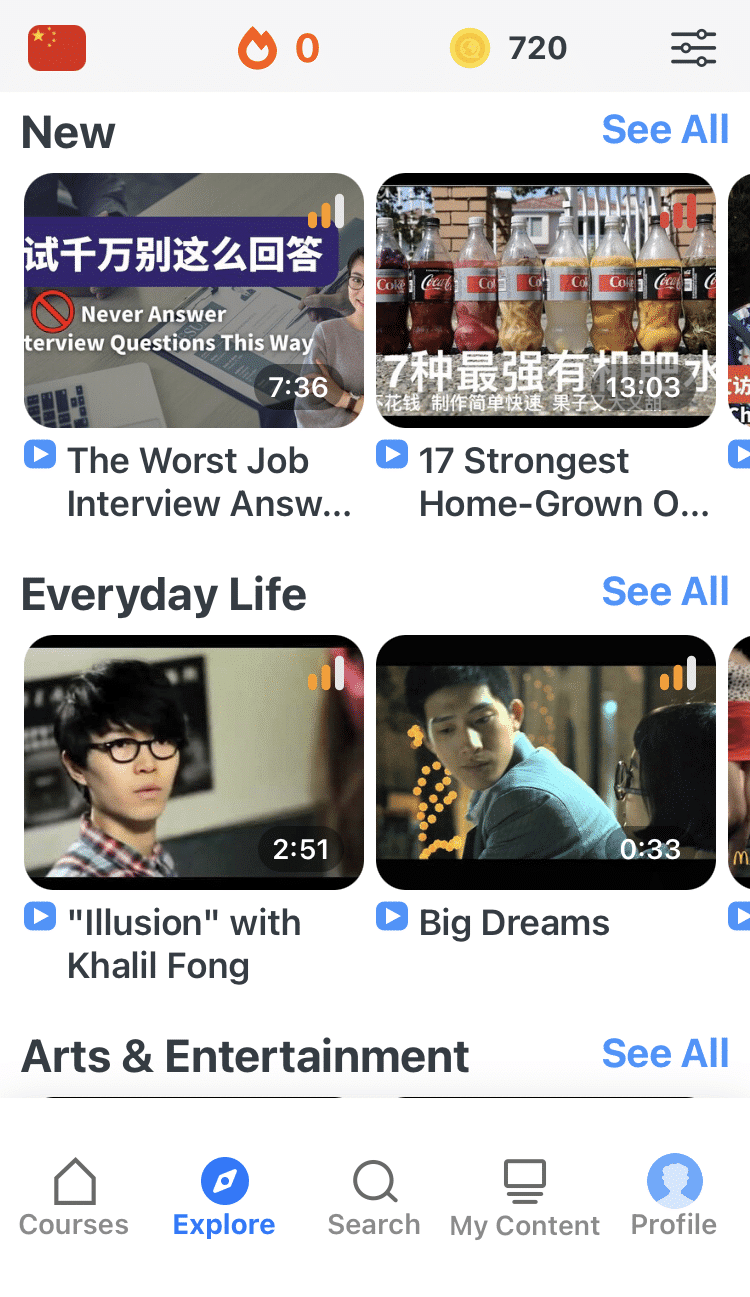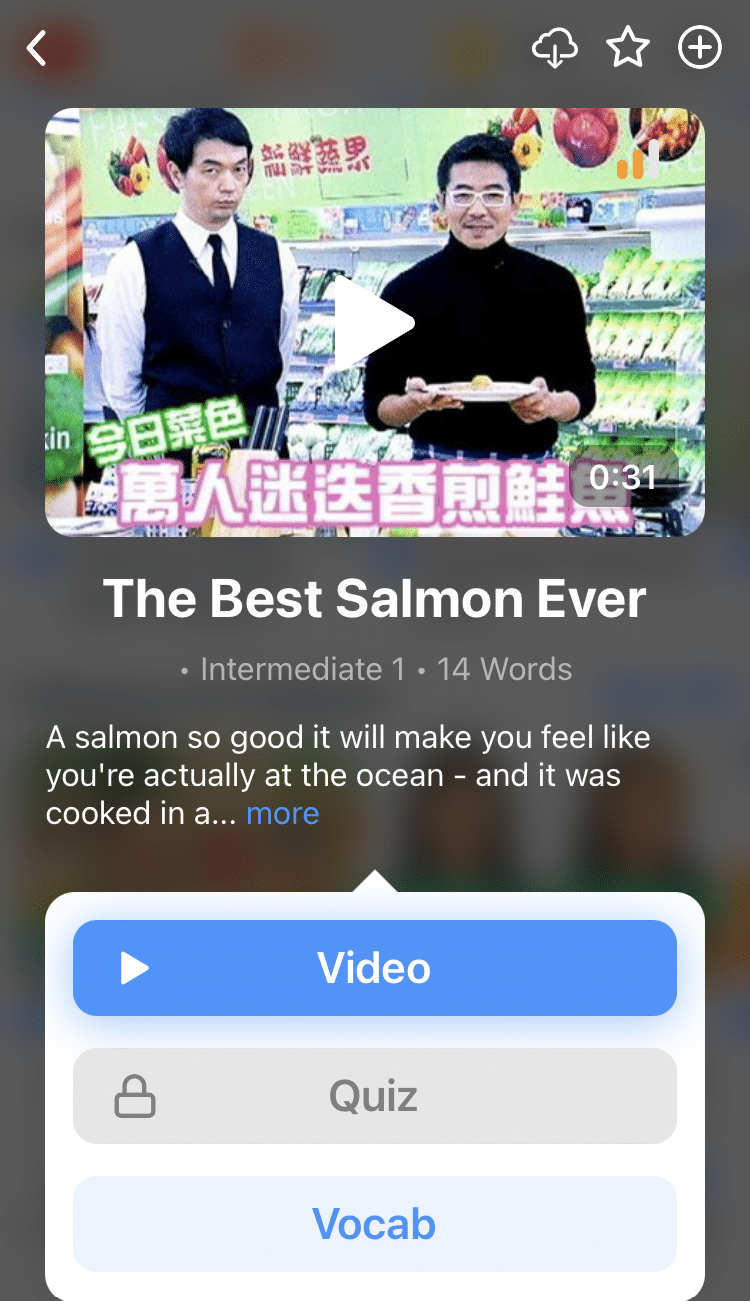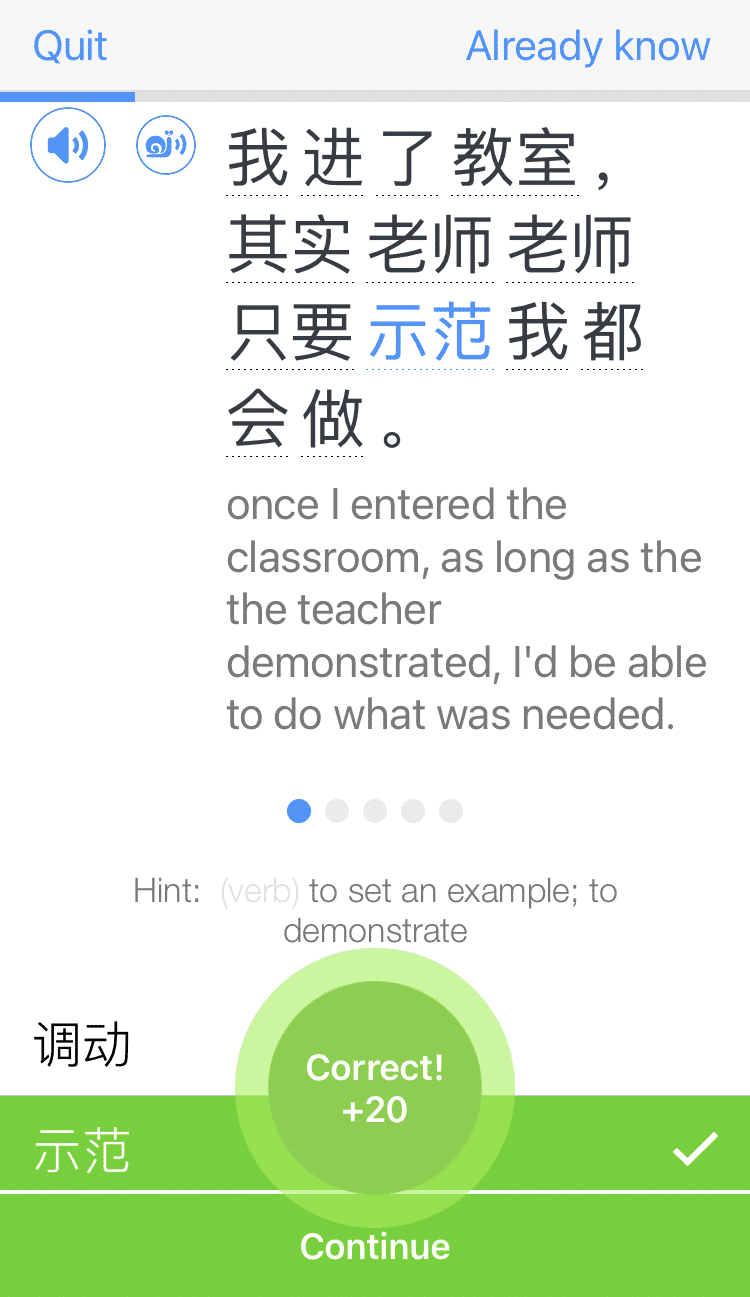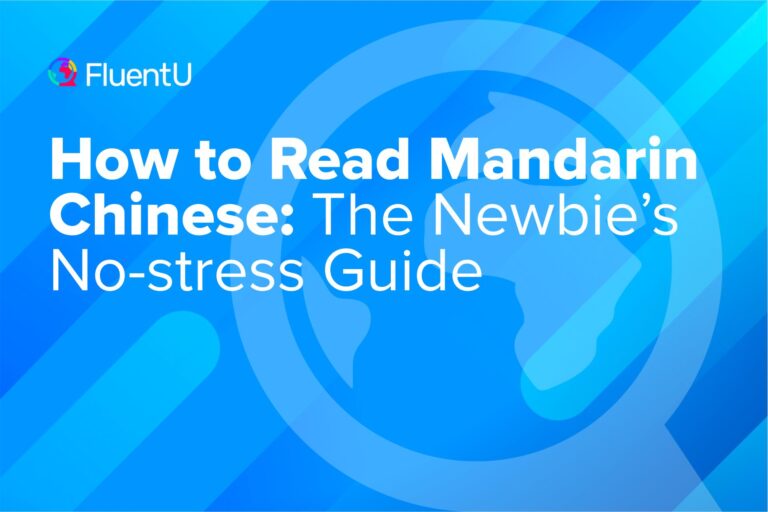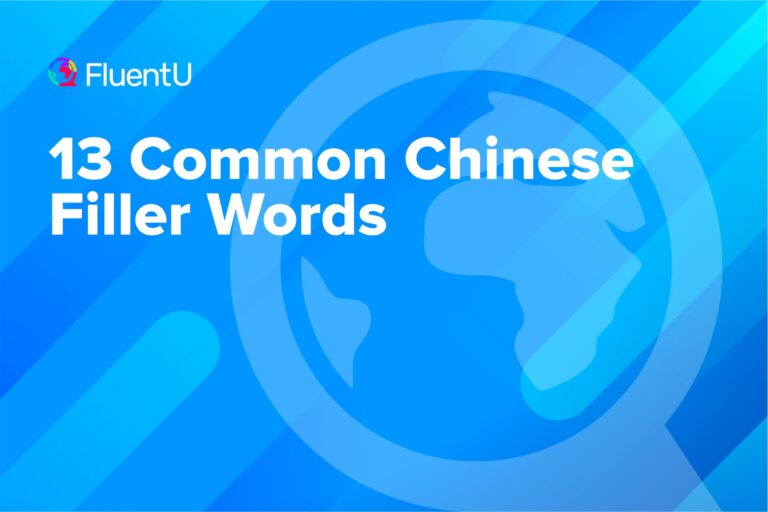Your Shortcut for Learning to Read in Chinese: 15 Common Phonetics and Radicals

Wouldn’t it be nice to wake up one day and find out you could effortlessly read Chinese?
Well, that didn’t happen to me (or anyone that I know of), so chances are this won’t be your story either.
But the good news is there are some seriously useful hacks and tricks that will make the whole learning-to-read-in-Chinese process much easier—and dare I say, even fun!
Like most things, once you figure out the rules to the game, playing it becomes much simpler.
In this article, we will show you these rules by breaking down what makes reading Chinese so tough, and then showing how to overcome those difficulties by learning strategically.
Download: This blog post is available as a convenient and portable PDF that you can take anywhere. Click here to get a copy. (Download)
General Tips to Learn to Read Chinese
When you are first starting out, learning to read Chinese feels like a daunting task. After all, you have probably heard the rumors that there are over 20,000 characters you will need to master, and that this is a completely different system from the alphabet you’re used to. Here are three helpful tips that can make it much easier to start.
Stick to either traditional or simplified
Don’t try to be Superman by mastering traditional and simplified Chinese at the same time. Many characters will be similar, but trying to master both at the beginning will hurt you rather than help you.
You may have heard that reading Chinese is about understanding the pictures they are representing. This is true for some traditional and simplified Chinese, but most of the time it’s not as simple as that. Sometimes it can help with memorizing and referencing characters, but unfortunately most characters will not represent objects in the physical world.
Start with the most common words
You have probably already done this with your Chinese speaking skills, but starting out with the most common words is important because you can begin spotting them right away: in your readings, in a menu or walking around Chinese streets.
This doesn’t mean you’ll be able to read entire newspapers or even menus with the most common words (because of how specific Chinese characters can be), but it’s a fantastic start!
Use mnemonics to memorize characters
Memory aids are key to making reading in Chinese easier when you are beginning. Remembering things in general, regardless of what language, is something that can be practiced.
When working with mnemonics, make sure they are are personal and catered towards yourself. Other people’s mnemonics can help, but only if they trigger something in your brain. For optimal results, focus each session on 5-10 words, and first get them into your short-term memory.
There are many free resources that can help you learn Chinese characters, which you should take advantage of immediately.
FluentU is another program that can help you study Chinese through videos with interactive subtitles.
FluentU takes authentic videos—like music videos, movie trailers, news and inspiring talks—and turns them into personalized language learning lessons.
You can try FluentU for free for 2 weeks. Check out the website or download the iOS app or Android app.
P.S. Click here to take advantage of our current sale! (Expires at the end of this month.)
Now that you have these tips, let’s dive into the characters.
Main Types of Chinese Characters
Chinese characters are classified into a few main categories based on either the manner in which they are formed or derived.
Pictographs
Most anyone who has dabbled with the Chinese language has heard that the writing is based on pictograms. These are arguably the easiest words to pick up, as they will resemble the object being described. Common examples include:
山 (shān) — mountain
日 (rì) — sun
水 (shuǐ) — water
Ideographs
Many Chinese ideographs are also relatively easy to pick up because they will express an idea through icons. These are excellent words to start with as well, as they will not be as challenging as the categories below. Examples include:
一, 二, 三 (yī, èr, sān) — one, two, three
上, 下 (shàng, xià) — up, down
Pictographs and ideographs combinations
These are a combination of ideas and pictures put together to form words. Words in this category can be easy to memorize once you realize what is being represented. Examples include:
林 (lín) — 木 is the character for “tree,” so two trees is a grove.
森 (sēn) — three trees makes a forest.
休 (xiū) — the left side is the radical of a person, so this character shows a person resting on a tree.
信 (xìn) — the right side is the character for “word,” so this character is about how you believe a person’s word.
Semantic and phonetic combinations
Semantic and phonetic combinations make up most of Chinese words, and is the hardest category to learn. However, similar to the English alphabet, when you learn how to break down and analyze the words, it can be much simpler than you originally thought.
Below is an explanation of how this works, so you can begin to understand how characters beyond pictographs and ideographs are formed.
A Typical Composition of Chinese Characters
The radical
The radical is what suggests the meaning to the word. Understanding basic radicals is important because in Chinese, most characters will be classified into larger categories.
Even if you are unsure of the pronunciation or actual meaning, you will be able to at least have a very general understanding of what the word entails when you know the radical. These words may have a direct correlation to the character, and sometimes a historical significance to the origins of the character.
Sounds
The second part of most characters will suggest the sound, or similar sounds, to a word. There will be many exceptions to this, and this can often be unreliable. So don’t think of the second part as an actual rule, but more of a general idea of how it’s pronounced.
How to analyze the composition
When you see a Chinese word, it will usually be broken down into two to three parts. This will either be left or right, or up and down. The left part will usually be the radical, and the right part will typically be the sound that is expressed. If it’s combined through a top/bottom section, the bottom part will usually represent the radical.
The following are a list of common radicals that will appear in Chinese characters. You will notice that many will be pictographs and ideographs, which makes it easier to remember. Learn to recognize these 15 common radicals, and you’ll have started to read Chinese!
15 Common Phonetics and Radicals to Quickly Learn to Read Chinese
1. 土 Earth
The radical 土 stands alone to mean “earth” or “dirt.” The following examples will all be associated with “earth” in some form.
- 场 (chǎng) — field
- 地 (dì) — land
- 墙 (qiáng) — wall
- 塔 (tǎ) — tower
2. 金 Metal
This radical derives from the character 金 (Jīn), which means “metal” or “gold.” Examples of words that relate to the general category of “metal” are:
- 钱 (qián) — money
- 镜 (jìng) — mirror
- 钟 (zhōng) — gong, clock
- 针 (zhēn) — needle
- 铁 (tiě) — iron
3. 艹 Plants
As you can tell from the following words, the similarity is in the top part, also known as the plant radical. The radical 艹 comes from the simple pictograph of two blades of grass hiding a snake.
- 草 (cǎo) — grass
- 花 (huā) — flower
- 茶 (chá) — tea
- 药 (yào) — medicine
4. 日 Sun
Already mentioned earlier in the article, 日 is a pictograph that represents “sun.” When this radical appears in words, the word is usually associated with the weather, time or other sun-related concepts.
- 明 (míng) — clear (as in a clear day), also means “tomorrow”
- 晴 (qíng) — clear
- 时 (shí) — time
5. 水 Water
Another pictograph, the left side of the following words looks like drops of water and is a simpler version of 水, or water.
- 河 (hé) — river
- 酒 (jiǔ) — wine
- 洗 (xǐ) — wash
6. 木 Wood
The 木 part on the left and bottom of each word stands for “wood.” When you see this in a character, you will know it has some relation to wood or things that were originally made from wood.
- 桥 (qiáo) — bridge
- 桌 (zhuō) — table
- 树 (shù) — tree
7. 月 Body part
You may recognize the 月 part as “moon” and wonder how that has anything to do with the body parts. It was originally 肉, which means “meat,” but has transformed over time to take on the current symbol.
- 脚 (jiǎo) — foot
- 腿 (tuǐ) — leg
- 肥 (féi) — fat
- 肝 (gān) — liver
8. 衤 Clothes
This radical is derived from 衣 which means “clothes.” You can see the similarity between the character and the radical.
- 补 (bǔ) — fabric
- 裙 (qún) — dress
- 衬 (chèn) — lining
- 衫 (shān) — shirt
9. 贝 Money
贝 (bèi) means treasure, and this is why it’s the radical to represent money and wealth. 贝 also means “shell,” and if you know your Chinese history, you might have already made the connection that in ancient China, shells were used as a currency.
- 货 (huò) — merchandise
- 财 (cái) — wealth
- 贵 (guì) — expensive
Common Phonetic Sounds in Chinese Characters
This is where characters start getting tricky. The phonetic sounds that come from a character aren’t rules, but rather the sounds are seen as helpful recommendations that will sometimes work to your advantage. Not only will you be able to get the phonetics out of it, it will often also represent something related to the radical that’ll help determine the character’s meaning.
Other times, it can cause confusion and you will find yourself wrongly pronouncing words that look alike and mixing up meanings of the words. So just be careful when learning these to get the tones right, as a slight change in the character can be a completely different sound and meaning.
10. Bi
All the following words will be a combination of different radicals to the base 辟 (bì). Many characters will have either an origin or reference to royalty.
- 辟 (bì) — monarch, king
- 避 (bì) — avoid
- 壁 (bì) — wall
- 嬖 (bì) — favorite
11. Bian/Pain
The base word here is 扁 (biàn) which means “flat.” Though sometimes a long shot, many meaning of the characters with 扁 will stem from the general idea of “flat.”
- 遍 (biàn) — everywhere
- 编 (biàn) — compile, edit
- 篇 (piàn) — articles
- 骗 (piàn) — cheat
12. Jing
Not related in sound to 圣 (shèng), which means “saint,” there may be some reference in meaning to the word when adding various radicals to it.
- 经 (jīng) — past, after
- 径 (jìng) — path
- 刭 (jǐng) — cut throat
13. Jing/Qing
All the following words come from 青 (qīng) which means “green,” usually referencing nature. Some of the below words will have an obvious connection, while others may not be related at all besides in sound.
- 静 (jìng) — quiet
- 精 (jīng) — fine, perfect
- 睛 (jīng) — eye
- 晴 (qíng) — clear
- 请 (qǐng) — please
- 情 (qíng) — love
14. Kuai/Jue
夬 (guài) has transformed into a “kuài” sound. The original 夬 (guài) character means “parting” or “forked.”
- 快 (kuài) — fast
- 块 (kuài) — block
- 决 (jué) — decision
15. Man
The main character 曼 (màn) means “long, extended,” and similar to the above phonetic examples, you may be able to spot some connections with the following characters, while others will be a bigger stretch.
- 慢 (màn) — slow
- 漫 (màn) — flood
- 馒 (mán) — steamed bread
- 墁 (màn) — plaster
Not only are the origins of words fascinating to understand more about the history and culture of China, but now when you pick up a Chinese book or newspaper, you will begin to see groups of words instead of a jumble of characters.
This will allow you to pick out characters faster, and to memorize them quicker. With these tools in hand, you will be on your way to reading Chinese like a pro!
Download: This blog post is available as a convenient and portable PDF that you can take anywhere. Click here to get a copy. (Download)
And One More Thing...
If you want to continue learning Chinese with interactive and authentic Chinese content, then you'll love FluentU.
FluentU naturally eases you into learning Chinese language. Native Chinese content comes within reach, and you'll learn Chinese as it's spoken in real life.
FluentU has a wide range of contemporary videos—like dramas, TV shows, commercials and music videos.
FluentU brings these native Chinese videos within reach via interactive captions. You can tap on any word to instantly look it up. All words have carefully written definitions and examples that will help you understand how a word is used. Tap to add words you'd like to review to a vocab list.
FluentU's Learn Mode turns every video into a language learning lesson. You can always swipe left or right to see more examples for the word you're learning.
The best part is that FluentU always keeps track of your vocabulary. It customizes quizzes to focus on areas that need attention and reminds you when it’s time to review what you’ve learned. You have a 100% personalized experience.
Start using the FluentU website on your computer or tablet or, better yet, download the FluentU app from the iTunes or Google Play store. Click here to take advantage of our current sale! (Expires at the end of this month.)
